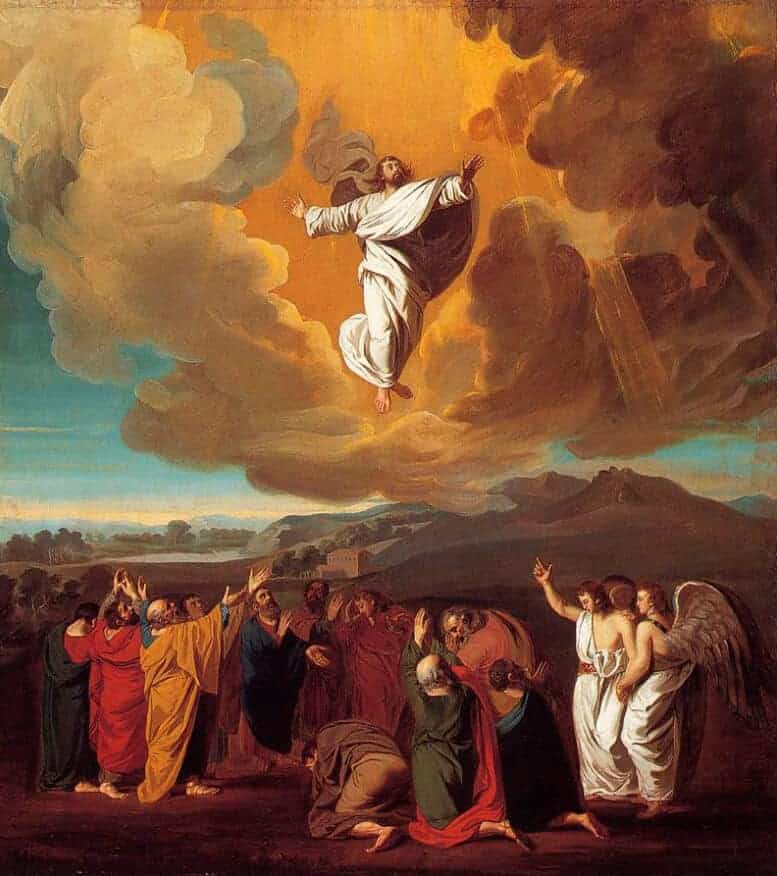(St. Thomas Aquinas)
The texts about Mary Magdalene that appear in the Gospels are the result of the memory of those communities that transmitted the traditions they had received and considered fundamental to their identity as groups of Jesus in historical moments somewhat different from those in which He lived. Along with the traditions they transmitted, how could it be otherwise, their interpretation for the new community situations that they had to live.
The four gospels present different stories of Mary Magdalene, since they respond to specific theological intentions. On this occasion, our attention is focused on the Gospel of Mark, as it is considered the oldest.
Mark mentions Mary Magdalene three times: death (15.40), burial (15.47), and resurrection (16.1). These three times are framed at the end of the gospel, in the history of passion, and there is an editorial relationship between them that has the following elements:
a) On each of the times, a group of women is mentioned, who carefully observe what is happening, Mary Magdalene, is always and named at first.
b) The author uses the same verb to express vision on each of the three times. They Watched, observed, contemplated. With which he underlines the role of witness that Mary Magdalene has, as well as her companions.
c) The indications of time relate the death and burial that took place during the preparation of the Sabbath, and the visit to the tomb that was postponed because of sabbatical rest.
Among the women that Mk quotes by their names, Mary Magdalene, Mary mother of James and Salome appear first. In addition to giving their names, the evangelist says that they were already in Galilee following and serving him. These verbs are loaded with theological significance.
Following is a proper verb of the gospels in close relationship with the personal following of Jesus, it indicates adherence to Him and surrender to His demands and authority. It connotes self-implication, the disciple who follows Jesus participates in his luck, his life and his suffering (8,10-34).
Serving, the meaning is attributed to “setting the table”. On Mark, it must be understood from the teaching of Jesus on discipleship, it presents the broadest sense of being helpful. This service is put by Jesus as the nucleus of his following and sign of distinction of his disciples, whether they are male or female. All of them have to do what they have seen Jesus do. “The Son of Man did not come to be served, but to serve.” (10,40)
The memory made of Mary Magdalene is very important. For the mere fact of being remembered and for what is remembered of her. The most important features of what appears to be the collective memory of the first witnesses that was embodied in the Passion story are: disciple from the beginning, witness of the crucifixion and burial and as the recipient of an appearance of the Risen One, and sent by Him to announce His new way of existence.
When Mark defines this group of women as those who had come up with Him to Jerusalem, he is saying something very significant: These women were among those who followed Jesus and, despite the fear, continued until Jerusalem remaining with Jesus still in the toughest moments.
At sunset, Joseph of Arimathea requests the body of Jesus to Pilate who, after making sure of his death, grants it. He wraps it in a linen cloth and placed it in a tomb in that place, closing it with a stone. Two of the women mentioned, Mary Magdalene and the other Mary, are there, watching him. With this, Mark reinforces the role of witnesses that they had been given in the previous scene. They know the exact place where Jesus’ body was placed. Thus, this story, while affirming the death of Jesus and the knowledge of the tomb in which he was buried, serves as a literary and theological union between death/burial and the subsequent scene when visiting the tomb where the announcement of Resurrection will take place.
“When the Sabbath was over, Mary Magdalene, Mary the mother of James, and Salome bought spices so that they might go to anoint Jesus’ body”. Some exegetes see a theological intention in this action, since it alludes to another gesture that the evangelist had placed at the beginning of the passion, the anointing in Bethany. (14,3-9) This discovers a deep and symbolic value in the narration.
The woman who anoints Jesus as a paradigm of discipleship.
The woman who anoints Jesus breaks a bottle of expensive perfume. Her action is misunderstood and censored by those present who qualify it as a loss. This woman is presented by Mark as a paradigm of the true disciple, the one who has understood, accepted and put into practice what Jesus asked for: the following until the surrender of one’s life, which is here symbolized in the breaking of the essence bottle. Pre-announcement of the end of Jesus and they indicate that the disciple must be willing to do the same. A following and self-donation that will face the senselessness of passion and death.
Announcement, commission and promise.
What Mary Magdalene must remind others is what they had already heard from Jesus and what they can now deeply understand. The disciples must return to Galilee, they must take the path of their mission, just as Jesus did with his, and they must not fear because once again Jesus goes ahead of them. He has gone ahead, he has already made the way, he has risen and has already moved forward as he promised. (14, 28)
REFLECTION:
I keep inner silence and contemplate Jesus in His relationship with Mary Magdalene, He looks at her and she gazes at him back. Both recognize the mutuality of their attention and affection.
I write down the moments when I have felt that Jesus reveals the secrets of his heart to me and my discipleship is strengthened.
I appreciate the experiences when I am sent to the community to give comfort and at the same time when the community encourages my journey in faith and hope.
PRAYER
Jesus, our brother, you have shown your unconditional love to all, especially children, women, poor and sinners; show us the way to live caring relationships between us, we want to be good news, especially for those who feel sad, alone or excluded. AMEN.
By Sr. Teresa de Jesús Vázquez H.









0 Comments